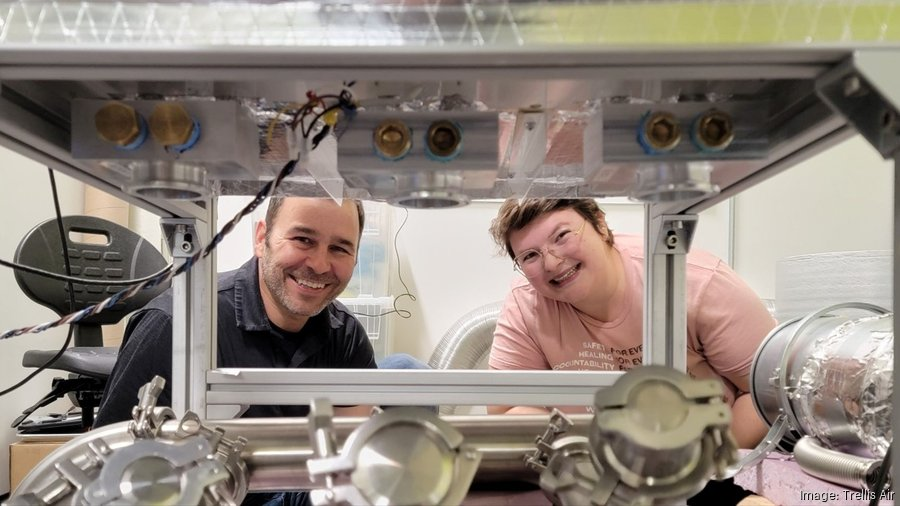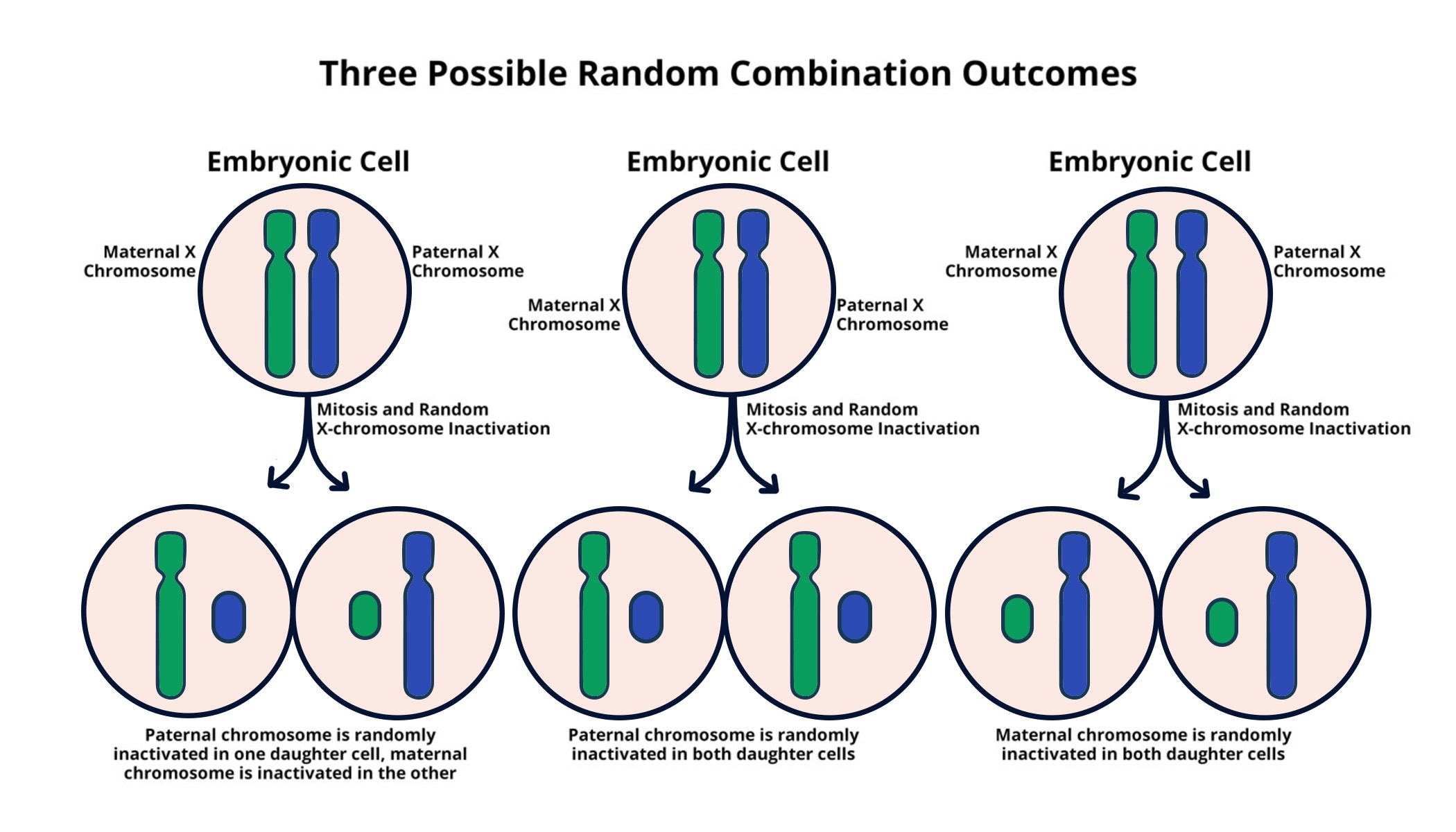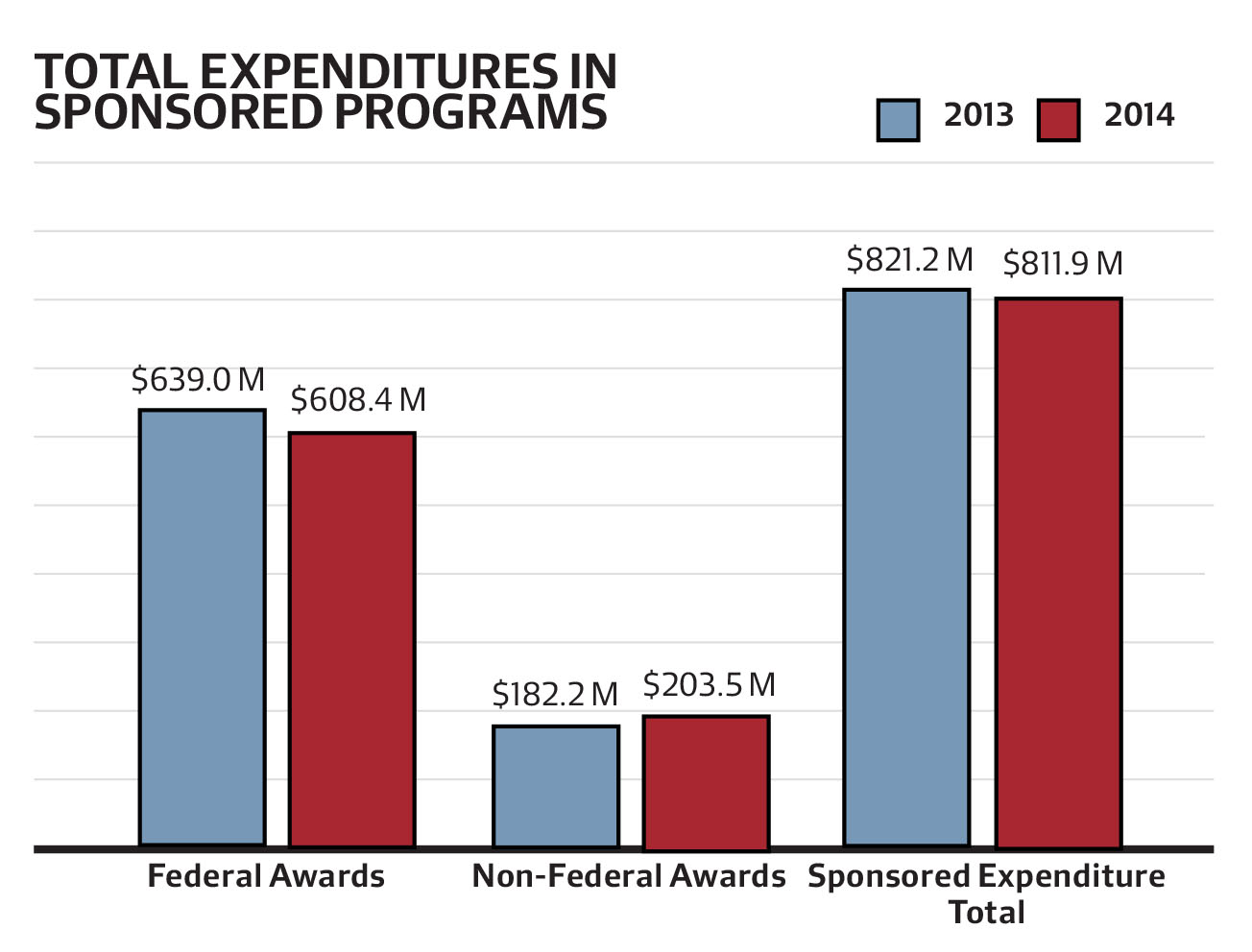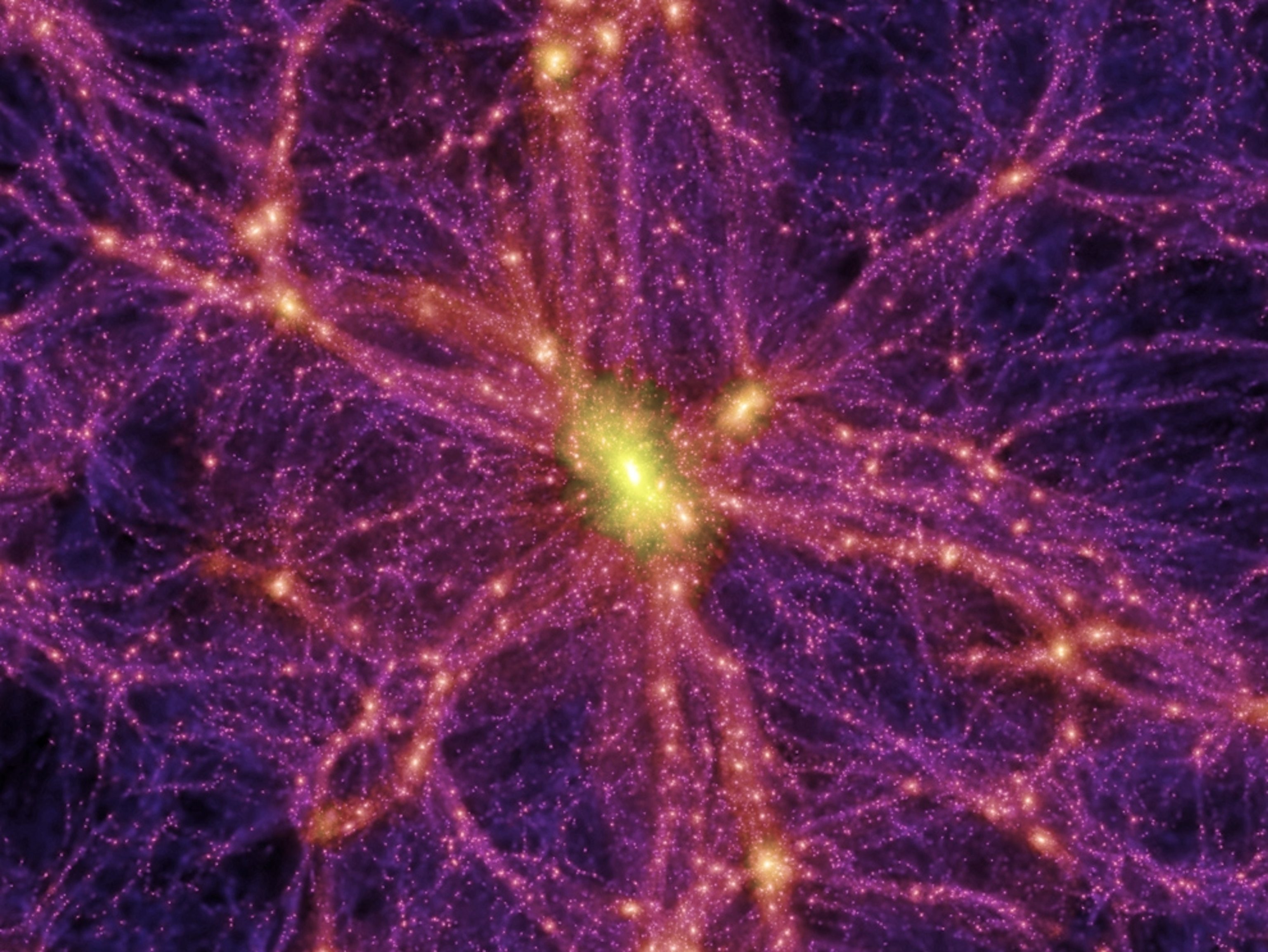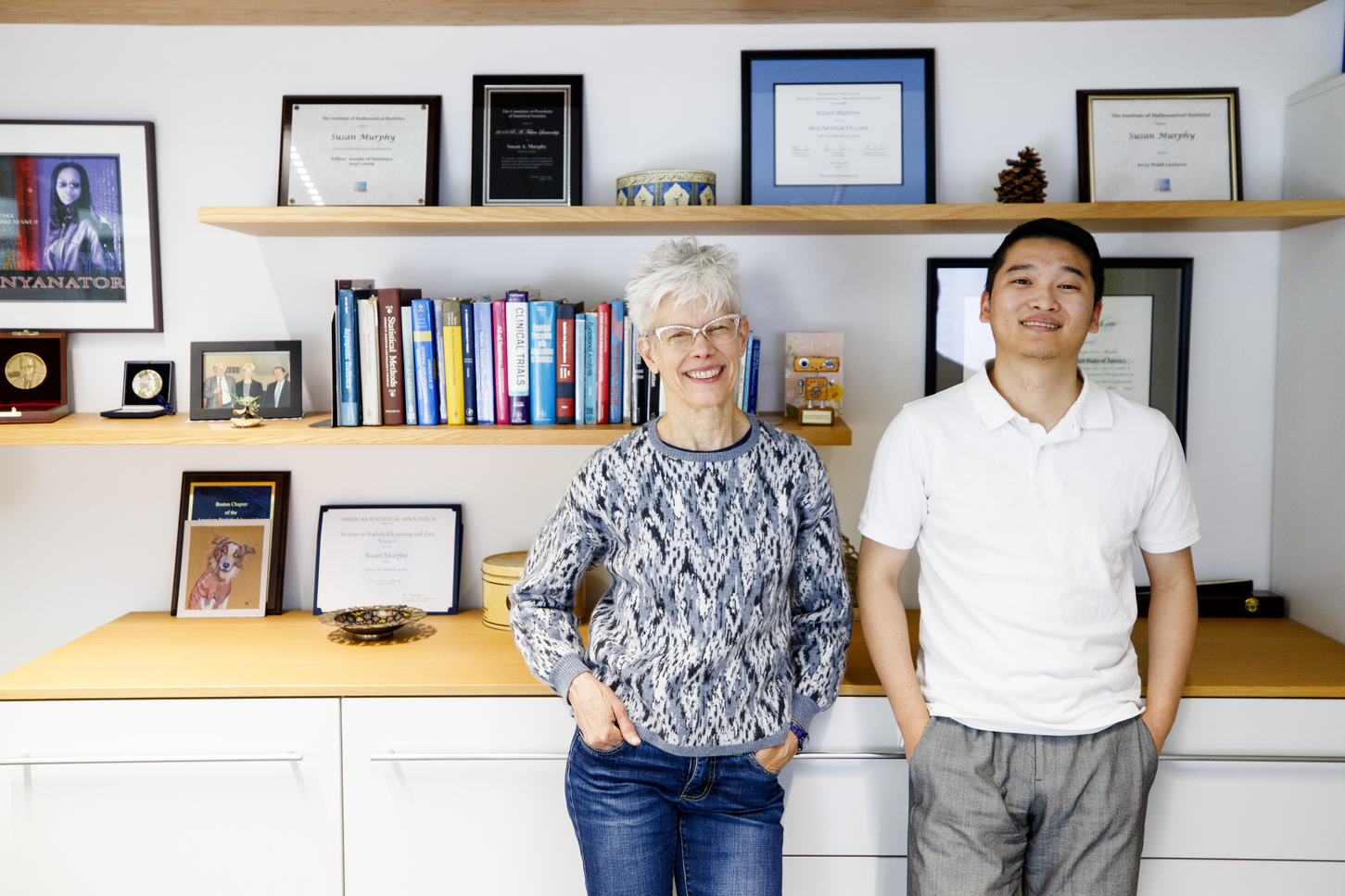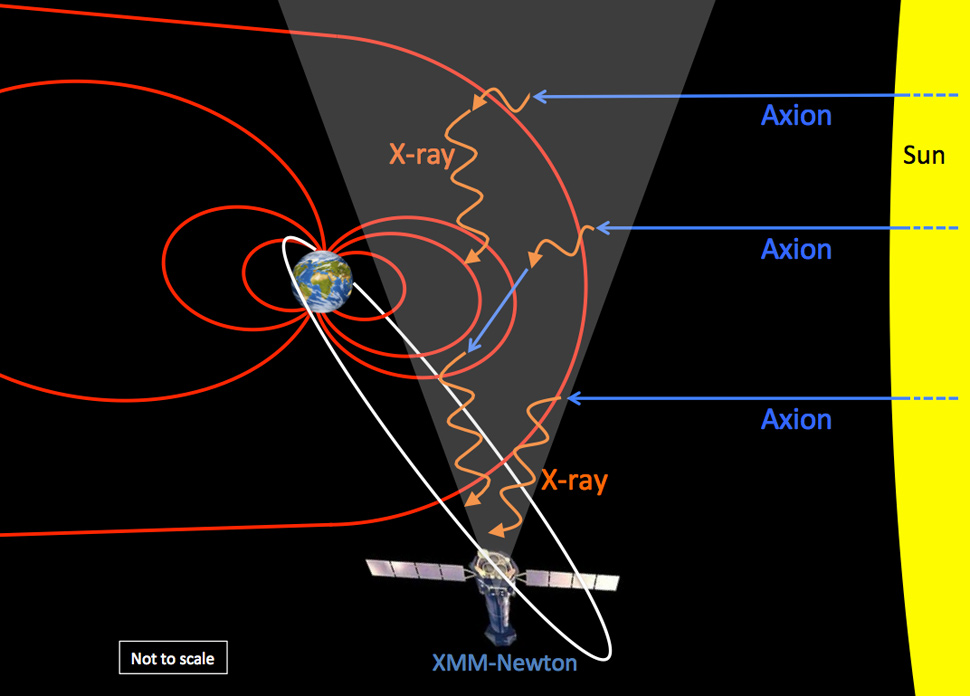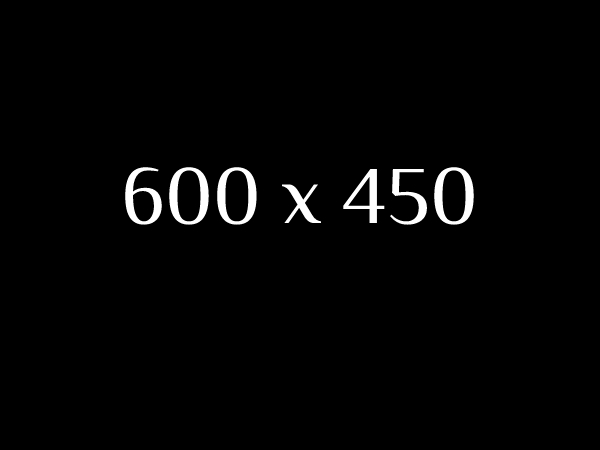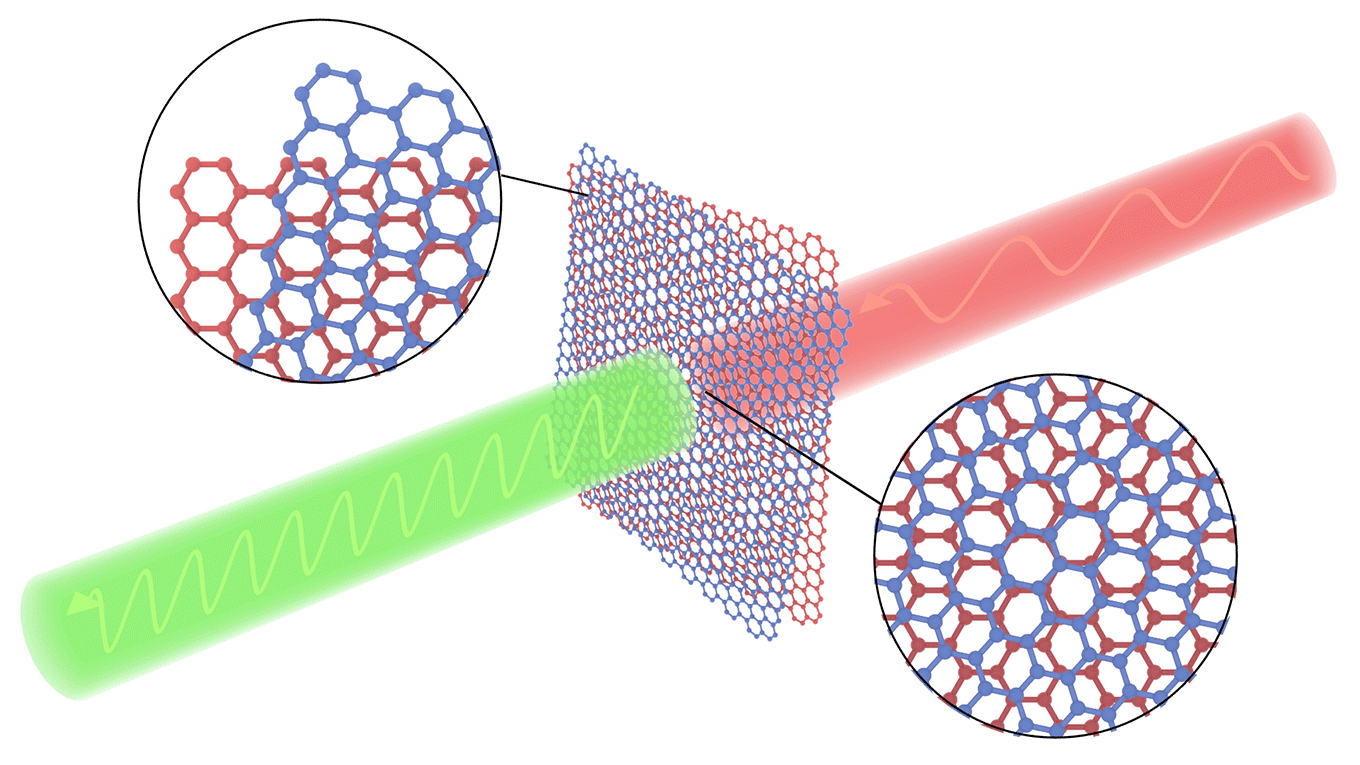
Twisted Graphene: A Breakthrough in Superconducting Electrons
Twisted graphene is emerging as a groundbreaking material in the quest for superconducting electrons that can enhance diverse technological applications. Researchers are uncovering the potential of this unique configuration of carbon atoms to revolutionize lossless power transmission, enabling more efficient energy systems and innovations like levitating trains. With its remarkable properties, twisted graphene is positioned at the forefront of quantum computing, offering the promise of faster and more powerful computational capabilities. Moreover, it may play a key role in developing energy-efficient detectors for space exploration, harnessing its superconductivity for enhanced performance in extreme conditions. As science continues to unlock the secrets of twisted graphene, the implications for both daily life and advanced technologies are immense, paving the way for a new era in scientific research and application.
Also known as twisted bilayer graphene, this novel material is capturing the attention of scientists due to its extraordinary electronic properties. By arranging multiple layers of graphene at specific angles, researchers are exploring how these configurations can lead to unique superconducting behaviors not found in traditional materials. The unique interactions between electrons in these twisted structures could signify a major breakthrough in superconductivity, potentially enabling its use in high-efficiency power systems and innovative quantum technologies. Furthermore, with applications ranging from fast-tracked energy solutions to sensitive detection mechanisms in space, the exploration of twisted graphene stands at the intersection of fundamental physics and practical advancements.
The Promise of Twisted Graphene in Superconductivity
Twisted graphene is at the forefront of superconductivity research, with groundbreaking findings that may redefine our understanding of how materials can conduct electricity. Researchers have noted that this unique arrangement of graphene layers, when twisted at a precise angle, exhibits superconducting properties unlike any conventional superconductors. By delving into the quirks of electrons within these twisted layers, scientists aim to unlock the mysteries of superconductivity, potentially leading to advancements in lossless power transmission and other applications.
The implications of twisted graphene extend beyond theoretical physics; they represent a practical path toward developing cutting-edge technologies. By creating environments where superconducting electrons can thrive, researchers are exploring avenues that could revolutionize electrical grids, make quantum computing more feasible, and empower various technologies that currently struggle with energy loss. As scientists continue to study the behavior of electrons in twisted graphene, we may be on the verge of harnessing their potential for breakthroughs in sustainable energy.
Enhancing Energy-Efficient Detectors through Twisted Graphene
In the realm of space exploration, the need for energy-efficient detectors has never been more critical. Twisted graphene presents a tantalizing solution, with its unique superconducting properties facilitating the development of ultrasensitive instruments. These detectors need to be lightweight and highly efficient, which aligns perfectly with the capabilities of twisted graphene. Its ability to operate with minimal power consumption, while providing high-resolution data, positions it as a frontrunner in next-generation technological applications.
As researchers further investigate the superconducting behavior of twisted graphene, the potential for creating energy-efficient detectors becomes increasingly viable. The unique interactions of superconducting electrons within this form of graphene could lead to instruments that not only withstand the harsh environments of space but also deliver unparalleled sensitivity. This could revolutionize how we collect data beyond Earth, essentially enhancing our understanding of the universe.
Quantum Computing Advancements with Twisted Graphene
Twisted graphene also holds great promise for the field of quantum computing, where the need for stable qubits is paramount. The superconducting properties observed in twisted graphene could provide a foundation for qubit design that is both robust and efficient. With superconducting electrons capable of existing in multiple states, the potential for computational speed and efficiency in quantum processors could greatly improve, paving the way for technological advances that were previously deemed impossible.
By understanding how twisted graphene impacts electron pairing and movement, researchers are taking significant strides toward developing quantum computers that can outperform their classical counterparts. This exploration reflects the broader aim of the scientific community to harness quantum mechanics to solve complex problems, optimize processes, and create computational models that leverage the unique properties of materials like twisted graphene.
Investigating Lossless Power Transmission
One of the most remarkable aspects of twisted graphene is its potential to improve lossless power transmission. Superconductors are already known for their ability to transmit electricity without resistance, and the unique structure of twisted graphene may enhance these properties even further. Researchers are keen on studying how electron interactions within twisted graphene contribute to this phenomenon, as it could lead to significant efficiency gains in electrical infrastructures around the world.
The significance of lossless power transmission cannot be overstated. By reducing energy loss during transmission, twisted graphene could transform energy grids, making them more sustainable and less resource-intensive. As scientists uncover the intricate details of superconducting behavior in twisted graphene, we inch closer to realizing a future where energy can be transmitted over vast distances without loss, significantly reducing carbon footprints and promoting greener energy solutions.
Understanding Electron Pairing Dynamics
Central to the superconducting phenomenon in twisted graphene is the complex dynamics of electron pairing. Unlike conventional superconductors where electron pairs form under specific conditions, twisted graphene offers a unique environment that alters how electrons interact. Researchers theorize a ‘glue’ force at play, influencing how electrons form pairs and transition into a superfluid state. This understanding is crucial as it challenges long-standing theories in superconductivity and opens avenues for exploring similar behaviors in other materials.
The quest to decode electron pairing in twisted graphene involves innovative experimental techniques, furthering our insight into the fundamental mechanics of superconductivity. By leveraging advanced methods, such as resonant microwave spectroscopy, scientists aim to observe electron interactions in real-time, shedding light on the subtleties of their quantum dance. This deep dive into the nature of electron pairing not only enriches our understanding of physics but also fuels potential applications in diverse technological fields.
The Future of Superconducting Materials
The ongoing research into twisted graphene is not just about understanding a singular material; it symbolizes a broader movement toward discovering new superconducting materials that could operate under higher temperatures and conditions. Scientists are optimistic that insights gained from twisted graphene could pave the way for the maturation of superconductivity into practical applications, making it more accessible and applicable across various industries.
As superconductivity research progresses, the hope is that twisted graphene and similar materials will lead to breakthroughs not just in quantum computing and power transmission, but also in energy-efficient technologies across sectors. This momentum could ultimately foster a better understanding of the fundamental interactions governing superconductivity, inspiring the development of future materials that enhance our energy landscape.
Microwave Technology as a Probing Tool
The innovative use of microwave technology has become instrumental in the study of superconducting electrons in twisted graphene. This approach allows researchers to probe the resonant vibrations of superconducting electrons, which is vital in understanding their behavior. By illuminating the superfluid of paired electrons with microwaves, scientists can gather critical data on how these electrons interact and form pairs, thus offering deeper insights into the superconducting state.
Utilizing microwaves to investigate superconductivity in twisted graphene mirrors classic experimental methods while pushing the boundaries of modern physics. This technique not only enhances the understanding of electron dynamics but also showcases the potential of twisting materials at the atomic level to yield unexpected properties. As researchers refine these methods, they may unlock new discoveries that could greatly impact various technological fields.
Graphene Superconductivity: A Historical Perspective
Graphene superconductivity has endured a fascinating journey since its initial discovery, evolving into one of the most intriguing phenomena in modern physics. The layered structure of graphene, combined with the introduction of twists, has opened a new chapter in understanding and manipulating superconducting materials. Historical precedents have revealed significant insights, attracting substantial interest within scientific communities aimed at tackling practical challenges involving current superconductors.
The path paved by previous discoveries in conventional superconductors guides the exploration of graphene superconductivity today. As researchers line up their findings with earlier breakthroughs, they not only honor the history of superconductivity but also trailblaze into an era where twisted graphene might provide solutions beyond current capabilities. This context is crucial for harnessing the effects of graphene’s superconducting properties, which could be instrumental in pushing the limits of technology.
Challenges and Opportunities in Superconducting Research
Despite the promising findings related to twisted graphene, challenges remain in understanding and harnessing its superconducting properties fully. The nuances of electron pairing, the impact of temperature, and the intricacies of material quality all pose hurdles for researchers. Addressing these challenges requires time, collaboration, and innovative methodologies to deepen our understanding of these materials and their superconducting capabilities.
However, the weaknesses in current knowledge create opportunities for research expansion. Scientists are encouraged to explore novel avenues, including hybrid materials, advanced experimental methods, and interdisciplinary approaches that merge insights from physics, engineering, and material science. Such collaborative research could ultimately yield groundbreaking advancements that solidify the role of twisted graphene in future technologies.
Frequently Asked Questions
What are the potential applications of twisted graphene in superconductivity?
Twisted graphene exhibits unique superconducting properties that can enhance applications in lossless power transmission, revolutionizing energy efficiency in electrical systems. Additionally, this material holds promise for quantum computing, where the unique electron interactions could be harnessed for better qubits, and for developing energy-efficient detectors suitable for space exploration.
How does twisted graphene contribute to superconducting electrons?
Twisted graphene allows electrons to pair in unusual ways, creating a superfluid state where electrons can flow without energy loss. This unique pairing results from the intricate interactions between electrons in twisted stacks, differing from conventional superconductors and leading to new insights into superconducting behaviors.
In what ways can twisted graphene improve quantum computing technologies?
The innovative superconducting properties of twisted graphene can facilitate the development of advanced qubits for quantum computing, potentially increasing coherence times and operational efficiency. The material’s ability to support superconducting electrons could also lead to new architectures for quantum circuits, enhancing computational capabilities.
What role does twisted graphene play in energy-efficient detectors?
Twisted graphene holds great potential for creating energy-efficient, ultrasensitive detectors, particularly for applications in space exploration. Given its superconducting nature, it can operate with minimal power while providing high-resolution measurements, making it ideal for the low-energy environments of space.
What is the significance of studying superconductivity in twisted graphene?
Studying superconductivity in twisted graphene is significant because it may reveal new mechanisms underlying electron pairing and quantum behavior. Understanding this ‘quantum dance’ can not only deepen our knowledge of two-dimensional materials but also inspire innovations in various technologies like lossless power transmission and advanced computing.
What challenges remain in the mass production of twisted graphene technologies?
Currently, the challenges in mass-producing twisted graphene technologies include scaling up the fabrication processes while maintaining quality and controlling the twist angle accurately across different layers. Overcoming these obstacles is crucial for realizing the commercial potential of twisted graphene in industries such as electronics and energy.
How does twisted graphene compare to traditional superconductors?
Twisted graphene displays distinct superconducting behaviors that differ from traditional superconductors, such as aluminum. The unique electron interactions and pairing mechanisms observed in twisted graphene are not seen in conventional superconductors, highlighting the importance of further research in this novel material to uncover new physical properties.
What future developments can we expect from research on twisted graphene?
Future developments in twisted graphene may lead to breakthroughs in various fields, including the design of more efficient energy systems for lossless power transmission, advancement in superconducting technologies for quantum computing, and innovative detectors for space missions. As research progresses, we can expect enhanced applications that leverage these unique superconducting properties.
| Key Points |
|---|
| Twisted graphene exhibits unusual superconducting behavior, enhancing potential applications like lossless power transmission, levitating trains, quantum computing, and efficient space detectors. |
| Superconductors can transmit electricity without resistance; the first discovery of superconductivity occurred in 1911. |
| Researchers from Harvard, MIT, and Raytheon-BBN Technologies published findings on twisted graphene’s superconducting properties in Nature. |
| The behavior of superconducting electrons in twisted graphene differs significantly from traditional superconductors like aluminum, suggesting new physical phenomena. |
| The study explores the ‘quantum dance’ of paired electrons, revealing complex interactions that warrant further investigation. |
| Twisted graphene may lead to advanced technologies in detector sensitivity and efficiency for applications in space exploration. |
| Current research aims to understand how electron pairing occurs in this new class of superconductors. |
| Potential applications of twisted graphene include creating lightweight and power-efficient devices for detecting faint signals in space. |
Summary
Twisted graphene is emerging as a groundbreaking material in the realm of superconductivity. Its unique properties could significantly advance technologies such as lossless power transmission and high-resolution detectors for space exploration. The research into twisted graphene’s superconducting behavior not only revisits the fundamental principles of electron pairing but also opens up promising avenues for future innovations in quantum computing and energy transmission.

